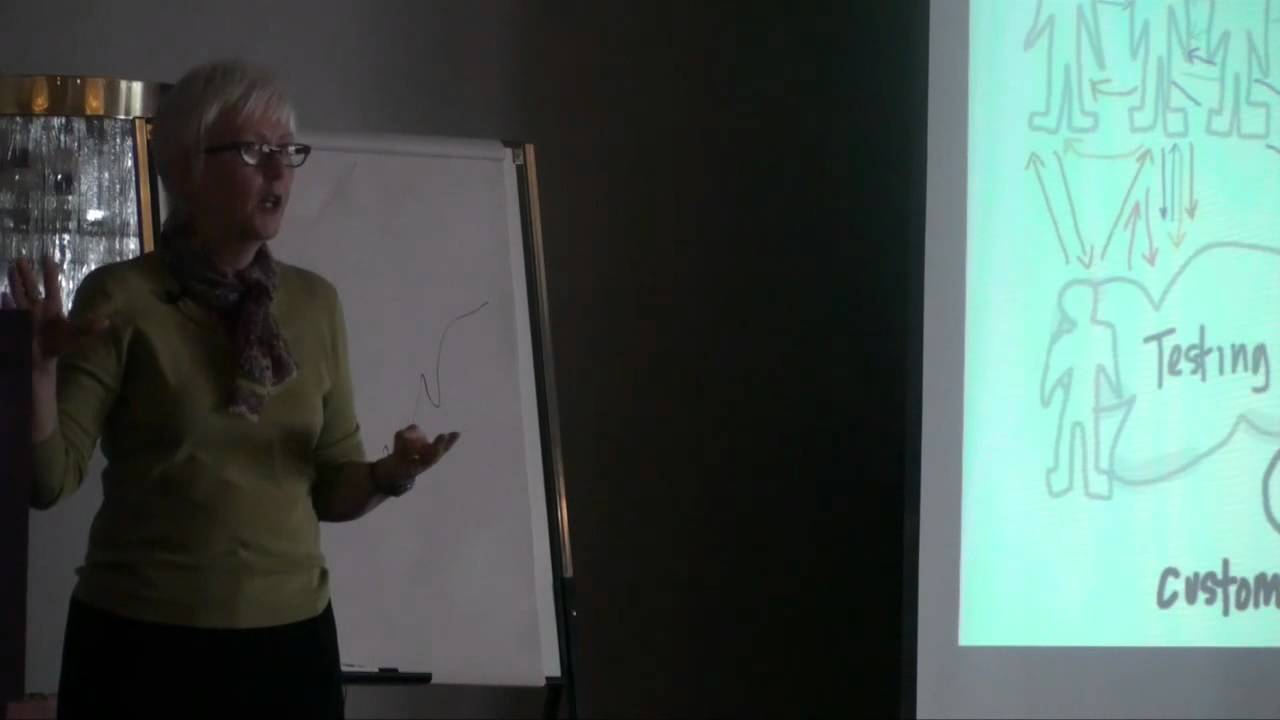Agile change and transformation
As Rex Lester explains in this article: “Implementing Scrum involves adoption of a new paradigm across the organization. In most instances, the severe level of culture shift and change aren’t really appreciated”. The article discusses the difficulties of moving an organization from a Waterfall process to an Agile approach.
In 10 years since the signing of the Agile Manifesto we’ve seen some notable successes, half-way efforts, fragile, scrum-but and just plain #FAIL. We tried to adopt agile methods to solve all types of problems, and many of those problems persist. What are the most common failure modes? How can organizations avoid falling into those failing patterns?
As Agile and Scrum are increasingly used to manage software development projects in large companies, Nancy Nee, VP Global Product Strategy at ESI International, provides us with her viewpoint on how the transition to Agile is going on. She also shares some advice on how make the adoption process as smooth as possible.
Paul Pazderski proposes in this article a scorecard to assess the level of transformation of a project team into a Scrum team. This card could be filled by an independent observer like an Agile coach to check how the team is adopting Scrum practices like Product Backlog management or Sprint Reviews.
In a slightly provocatively titled “Why I’m done with Scrum” blog post, Jimmy Bogard provides four reasons reasons why he decided to abandon using Scrum to adopt a lean approach to software development.In his first two reasons, he discusses the inefficiencies of the iteration system.
It would be so easy if everyone at our companies just used Scrum or at least Agile. No one would lean on the team for dates and deadlines, and everyone would know that change is a good thing. It’d be one great big happy project management family. But let’s face it: an all-Agile organization isn’t always possible.
The adoption of Agile approaches has introduced new ways of thinking about Project Management, which impact Project Management Organizations in various ways. This paper divides the range of practices commonly found in Project Management Office (PMO) into Project Management, Program Management and Portfolio Management. It identifies how the introduction of Agile processes such as Scrum impacts the PMO.





